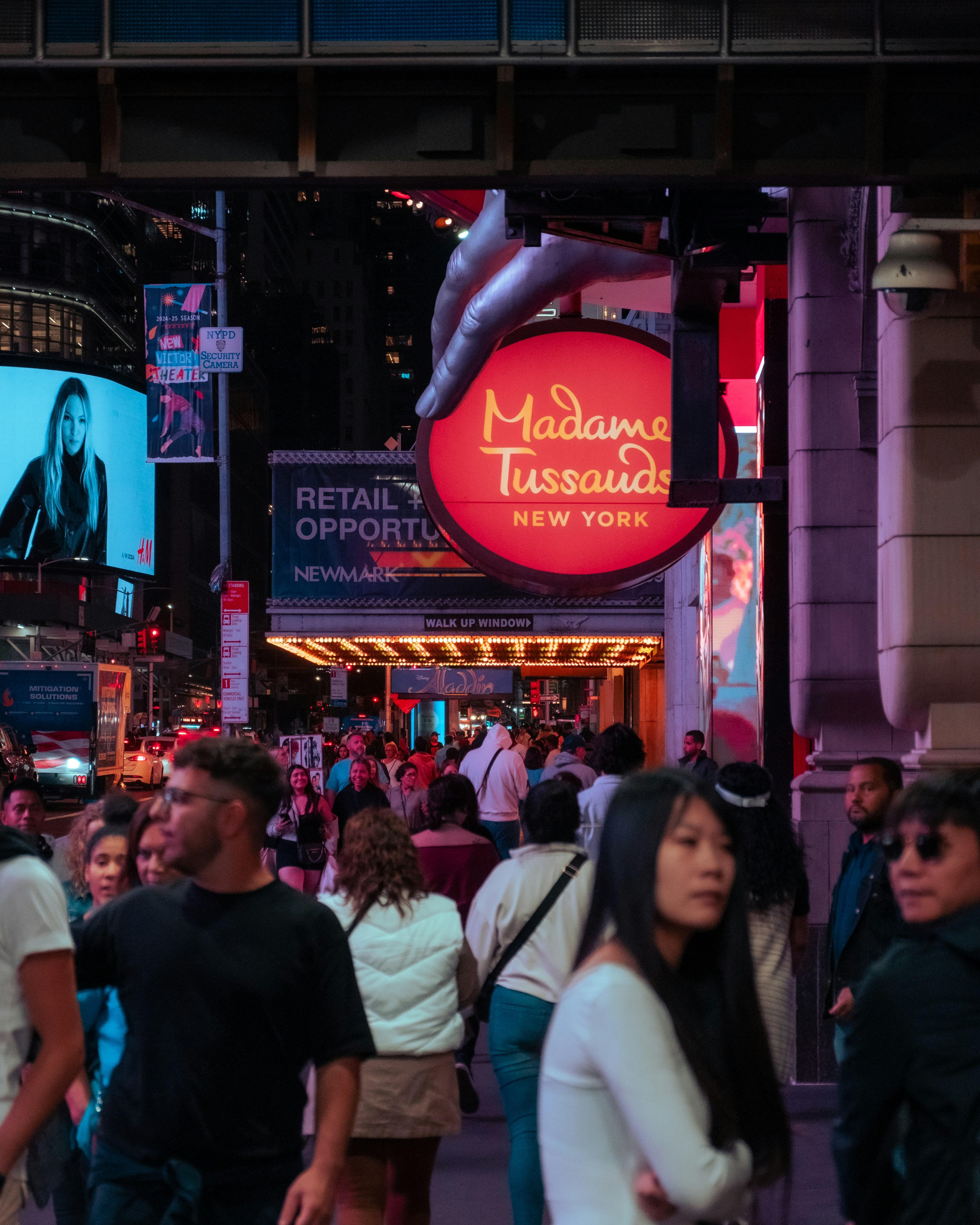In the realm of science fiction cinema, few films have sparked as much debate and analysis as “Denis Villeneuve Prioritize Visuals Over Narrative Depth”>Blade Runner 2049.” Directed by Denis Villeneuve, this visually arresting sequel to Ridley Scott’s 1982 classic has captivated audiences and critics alike with its rich aesthetic and ambitious narrative. Yet, as the dust settles and the neon lights fade, a crucial question emerges: does “Blade Runner 2049″ offer a profound exploration of its themes, or does it rely too heavily on its stylistic prowess to captivate viewers? This article delves into the intricate balance between style and substance within the film, examining whether its stunning visual landscape overshadows or enhances the depth of its storytelling. Through an analytical lens, we aim to uncover the film’s core intentions and assess its success in delivering a meaningful cinematic experience.
Visual Aesthetics and Cinematic Techniques in Blade Runner 2049
In “Blade Runner 2049,” the visual aesthetics are meticulously crafted to create a world that feels both familiar and alien. Director Denis Villeneuve and cinematographer Roger Deakins have engineered a landscape where every frame is a work of art. The film employs a rich color palette, ranging from the stark, neon-lit streets of a futuristic Los Angeles to the desolate, dust-covered wastelands beyond the city limits. This contrast not only enhances the film’s mood but also deepens the narrative’s exploration of humanity and isolation.
The cinematic techniques used are as much a storytelling device as the script itself. Long takes and slow pans are utilized to immerse the audience in the film’s world, while the use of shadows and light creates a perpetual dance between clarity and obscurity, mirroring the film’s themes of identity and consciousness. Key techniques include:
- Minimalist Set Design: Evokes a sense of emptiness and introspection.
- Sound Design: The haunting score by Hans Zimmer and Benjamin Wallfisch amplifies the emotional weight.
- Visual Effects: Seamlessly blend CGI with practical effects to maintain a sense of realism.
While some critics argue that the film leans heavily on its visual grandeur, it’s undeniable that these aesthetic choices are not just for show but serve to elevate the thematic depth of the narrative, challenging the audience to look beyond the surface.

Narrative Depth and Character Development Analysis
In examining the narrative depth and character development within Blade Runner 2049, one must consider the intricate layers that define its storyline and characters. The film, while visually captivating, extends beyond its aesthetic allure by weaving a complex tapestry of human emotion and existential inquiry. Officer K, portrayed by Ryan Gosling, serves as a vessel for exploring themes of identity and purpose. His journey is not just a quest for truth, but a profound exploration of what it means to be human. The interplay between K and Rick Deckard, played by Harrison Ford, adds a dynamic tension that further enriches the narrative, challenging viewers to contemplate the blurred lines between human and replicant existence.
- Character Arcs: Each character in the film, from Joi to Luv, offers a unique perspective that contributes to the overarching theme of self-discovery.
- Emotional Depth: The film delves into the inner turmoil of its characters, using silence and subtlety as tools to convey deep emotional resonance.
- Thematic Complexity: Issues of memory, legacy, and the essence of the soul are deftly interwoven, inviting audiences to engage with the narrative on a philosophical level.
While some critics argue that the film prioritizes style over substance, a closer examination reveals a narrative rich with introspection and character-driven storytelling. The depth of its narrative is not overshadowed by its visual spectacle but rather complemented by it, creating a harmonious balance that invites viewers to immerse themselves fully in its world.

Thematic Exploration and Philosophical Undertones
Blade Runner 2049 intricately weaves a tapestry of thematic exploration that delves into the essence of humanity, identity, and memory. The film raises profound philosophical questions, such as what it means to be human in a world where artificial beings can possess emotions and memories. The narrative challenges the audience to contemplate the nature of reality and consciousness through the lens of its replicant characters. This exploration of self-awareness and existentialism is not merely a backdrop but is woven into the very fabric of the story, inviting viewers to reflect on their own perceptions of identity.
- Human vs. Artificial: The film questions the boundaries between humans and replicants, blurring the lines of what constitutes life.
- Memory and Identity: It explores how memories shape our identity, pondering whether artificially implanted memories can define a being’s sense of self.
- Existential Reflection: Characters in the film often confront their own existence, echoing philosophical musings on purpose and meaning.
While the visual and auditory aesthetics of Blade Runner 2049 are undeniably striking, the philosophical undertones provide a substantial layer of depth. This fusion of style and substance prompts a deeper engagement with the film, encouraging audiences to not only witness the narrative but to actively engage with its existential inquiries.

Balancing Artistic Vision with Storytelling Impact
In evaluating the intricate dance between artistic vision and storytelling impact within “Blade Runner 2049,” one must consider how the film’s aesthetic choices contribute to its narrative depth. The film’s director, Denis Villeneuve, employs a visually arresting palette that often serves as more than mere backdrop; it becomes an integral part of the storytelling itself. The neon-lit landscapes and hauntingly desolate environments are meticulously crafted to reflect the themes of isolation and existential inquiry. Yet, this raises the question: does the film’s style enhance or overshadow its narrative?
- The film’s cinematography by Roger Deakins is undeniably stunning, using lighting and color to evoke a sense of dystopian beauty.
- While the visual elements are striking, they can at times risk overpowering the storyline, potentially leaving viewers more focused on the imagery than the plot.
- Some critics argue that the film’s pacing and intricate plot are at times lost amidst its aesthetic grandeur, suggesting a tension between visual spectacle and narrative coherence.
Ultimately, the film’s success in balancing these elements may lie in its ability to provoke thought and discussion, encouraging audiences to look beyond the surface. “Blade Runner 2049” invites viewers to delve into its richly constructed world, challenging them to find meaning in both its visual and narrative layers.
